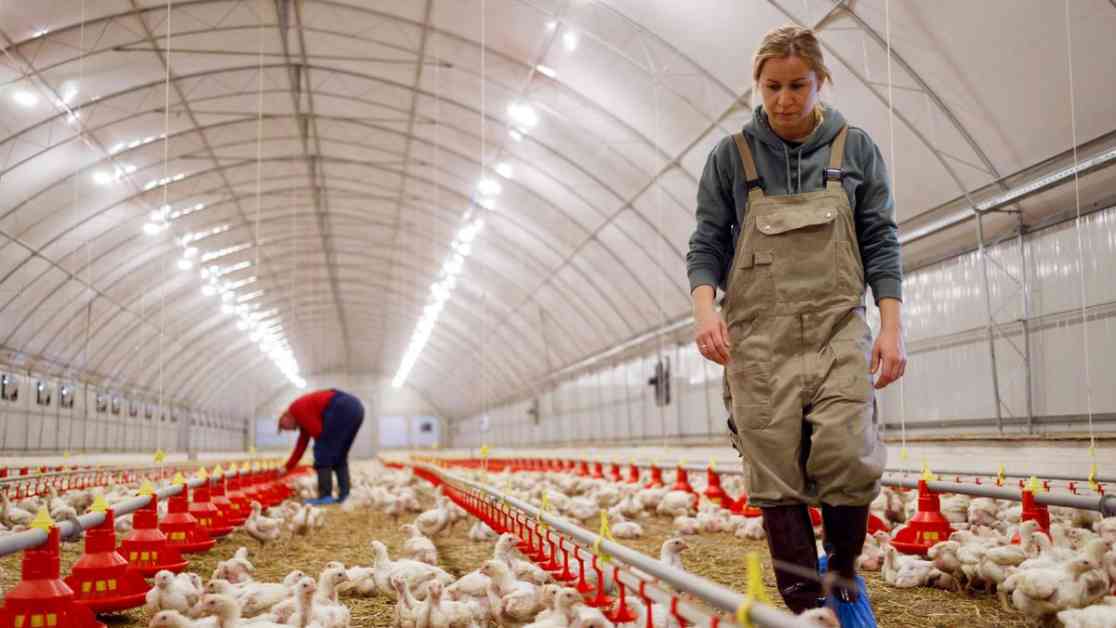H5N1 bird flu has been spreading among poultry and cattle in the United States, with some cases reported in humans as well. While there has been no documented human-to-human spread of the virus, the Centers for Disease Control and Prevention (CDC) is closely monitoring the situation as the virus evolves to potentially infect mammals more efficiently.
People primarily catch H5N1 through direct contact with sick animals, as the virus can be transmitted through tiny particles in the air or through respiratory droplets. While most infections stem from contact with farm animals, there have been a few cases where individuals contracted the virus without known contact with livestock or wild birds, highlighting the importance of taking precautions.
Since the detection of the H5N1 virus in wild waterfowl in China in 1996, there have been over 900 human cases worldwide, with a high fatality rate. In the United States, there have been 55 confirmed cases of bird flu among people in 2024, mostly linked to direct contact with cattle or poultry. However, there have been a few cases where the source of infection remains unknown.
Individuals at the highest risk of catching bird flu are farmworkers and those who work closely with poultry and cattle. The virus can also remain infectious in raw milk and on milking equipment, posing a risk to dairy workers. Additionally, there is a concern about wild animals carrying H5N1 and potentially exposing people to the virus through various means.
To prevent contracting bird flu, the CDC recommends avoiding close contact with sick or dead animals, reporting unusual animal deaths, and ensuring proper cooking of poultry and eggs. While there is currently no vaccine available for H5N1, research is ongoing to develop potential vaccines in case the virus evolves to enable human-to-human transmission.
In conclusion, staying informed about the risks of bird flu and following preventive measures can help minimize the spread of the virus and protect public health. It is essential for individuals, especially those in high-risk occupations, to take necessary precautions to avoid contracting H5N1 and to report any concerning symptoms or incidents to health authorities promptly.










